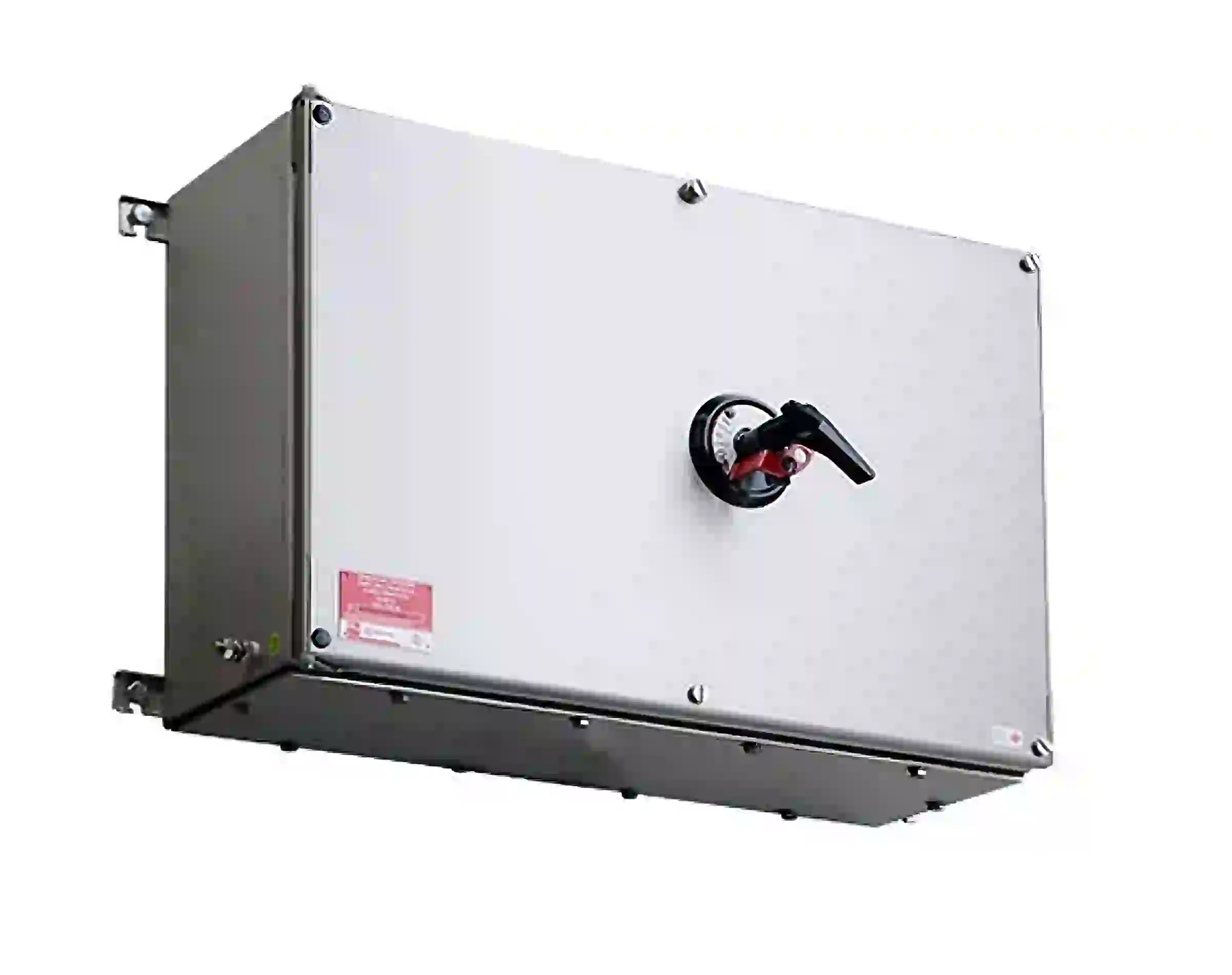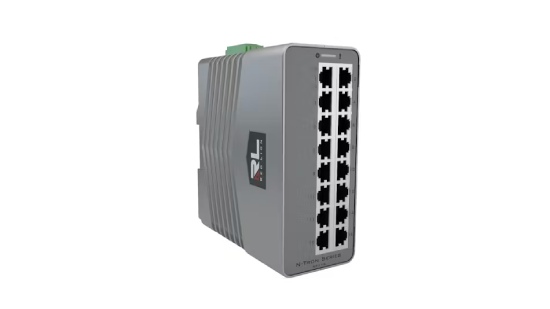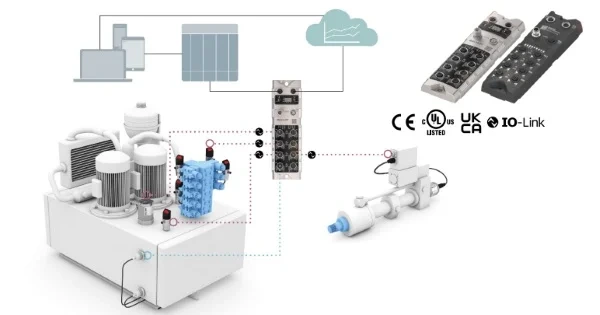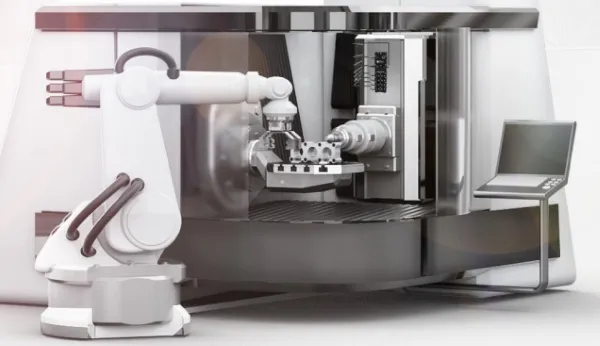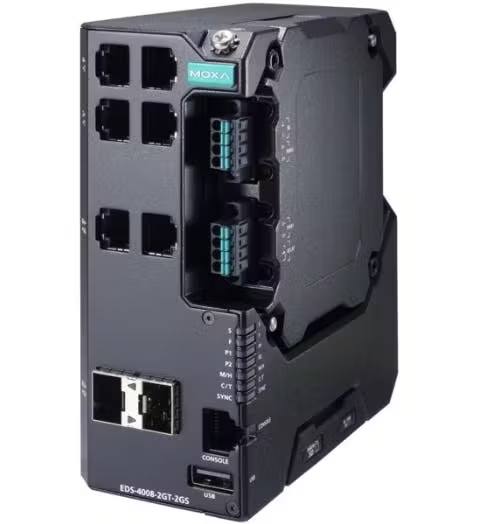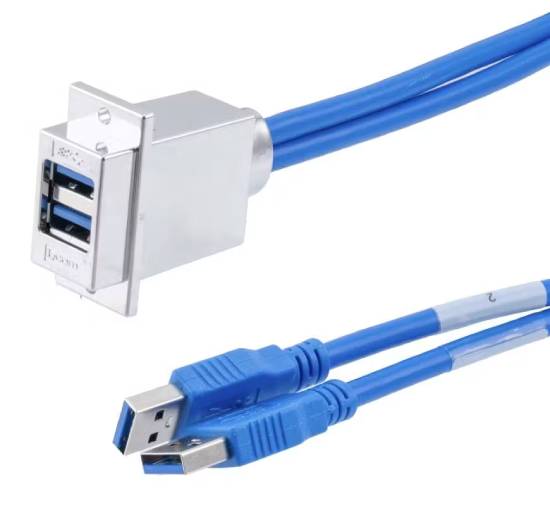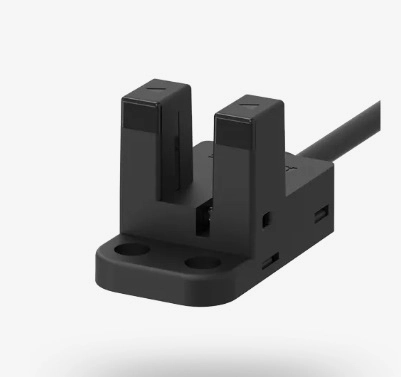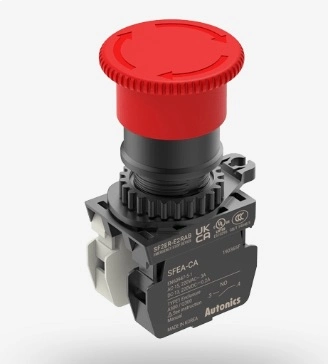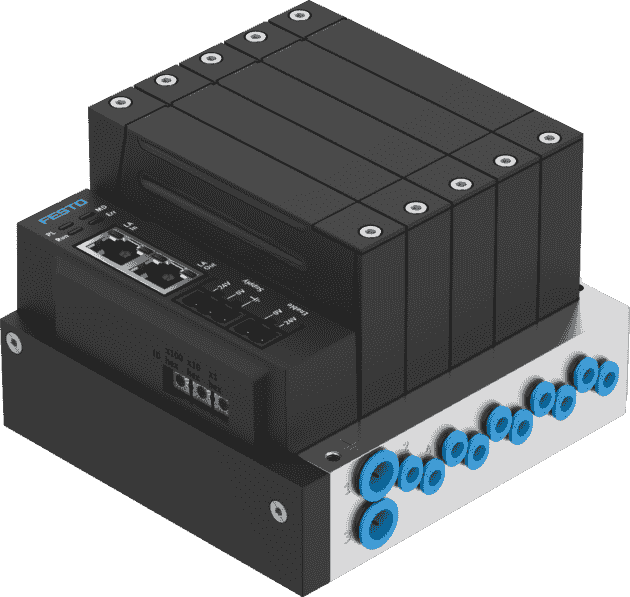
The quantum hardware company claims its cryo-CMOS transistor solves two critical roadblocks to quantum computing: scaling and cooling costs.Quantum computer hardware developer SemiQon recently developed a "a cryo-CMOS transistor" that reportedly operates efficiently at ultra-low temperatures, including the critical range of around 1 Kelvin. This announcement represents a leap forward in cryogenic electronics, particularly for quantum computing applications.
In the past, electronic components deployed at such ultra-low temperatures have chronically underperformed. As temperatures approach the millikelvin range, the heat capacity of conduction electrons decreases significantly, making it difficult to maintain stable temperatures. Thermal coupling between electronic systems and phonons in the host lattice also weakens, complicating heat dissipation. This, in addition to other issues like parasitic heat leaks and increased threshold voltage in MOSFETs, represents a major roadblock for quantum computing.
But that all might be about to change with SemiQon's development of the so-called world’s first transistor optimized for efficient optimization in cryogenic conditions.
Overcoming Performance Bottlenecks at Low Temperatures
In a study titled Millikelvin Si-MOSFETs for Quantum Electronics, SemiQon claims that its new cryo-CMOS transistors reduce heat dissipation by an impressive 1,000 times compared to conventional transistors while consuming only 0.1% of the energy of its room-temperature counterparts. In practical terms, this reduction in power consumption positions control and readout electronics directly inside cryostats, alongside the quantum processors themselves.
For quantum computing, this addresses a critical heat dissipation bottleneck that has hindered efforts to scale quantum systems to fault-tolerant levels. Quantum computers require ultra-low temperature conditions to maintain qubit coherence. Conventional electronics, however, generate heat, thereby disrupting the quantum system. With the cryo-CMOS transistor, electronic components no longer have to be kept at higher temperatures, preventing the heat generated from disturbing the delicate quantum states of qubits.
This device has two key advantages for quantum computing. The researchers say the cryo-CMOS transistor not only enabled them to place control electronics directly into the cryostat along with the processing unit, but it also eliminated heat in that ultra-cold environment. This latter feature is especially relevant where the volume of qubits increases beyond a few hundred.

A false-colored SEM micrograph of a planar cryogenic quantum IC containing digital CMOS logic blocks and quantum devices. Image used courtesy of ArXiv
Perhaps what is equally significant about SemiQon’s cryo-CMOS transistor is that it can be manufactured using existing CMOS fabs; there’s no need for additional or specialized infrastructure. This allows SemiQon to scale production quickly without requiring massive infrastructure changes, a common challenge in semiconductor development.
Applications Beyond Quantum Computing
SemiQon’s cryo-CMOS transistor isn’t limited only to applications in quantum computing. There’s a wide range of applications that require ultra-low temperature operations.
High-performance computing systems, for example, can benefit significantly from these transistors through reduced power consumption and cooling costs. Meanwhile, in space applications, where temperature control is challenging, cryogenic transistors could offer a competitive edge in powering sensitive instruments or communication systems in deep space.

SemiQon is composed of a team of European-based researchers. Image used courtesy of SemiQon
Beyond energy efficiency, SemiQon’s work could have serious implications for data center cooling. With cooling costs for data centers expected to rise to more than $50 billion by 2030, the researchers’ transistor offers a practical solution to reduce the overall operating costs of systems requiring constant cooling by drastically reducing energy consumption.
Making Fault-Tolerant Quantum Computing a Reality
The immediate impact of SemiQon’s transistors will be seen in the quantum computing sector through what is known as fault tolerance: the ability of a quantum computer to perform reliable computations even in the presence of errors and faults. It’s a must-have in quantum computing due to the inherent fragility of quantum systems and their susceptibility to noise and decoherence.
By reducing the need for complex and expensive control electronics infrastructure, the cryo-CMOS transistor may also make quantum computers more efficient and less cumbersome to build. This should accelerate the pace at which these systems can scale toward commercial viability.
SemiQon’s work was carried out as part of the SCALLOP project funded by the European Innovation Council and the ArcTIC Chips-JU project funded by the European Union. The company plans to deliver its first batch of transistors to customers in 2025.
